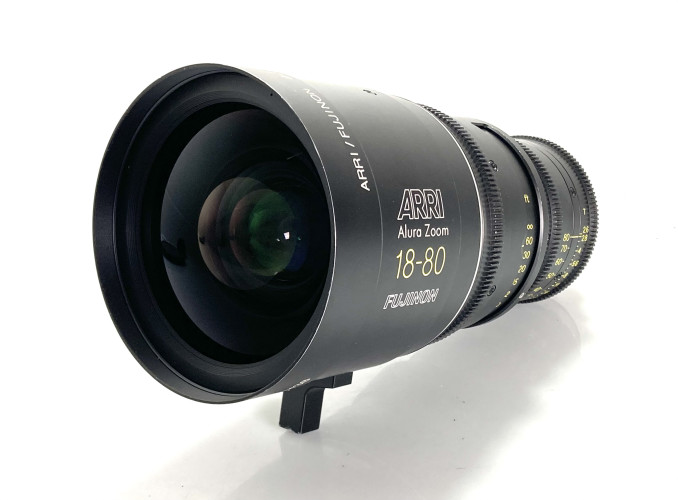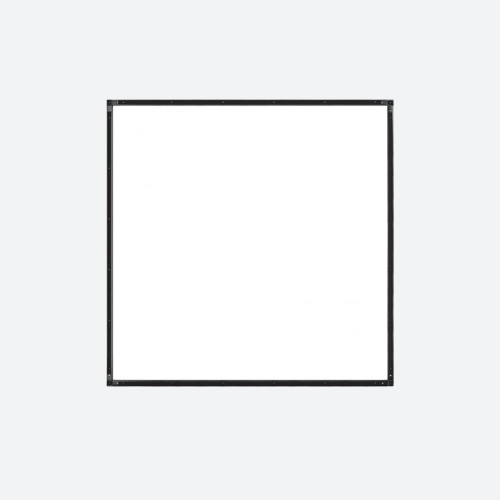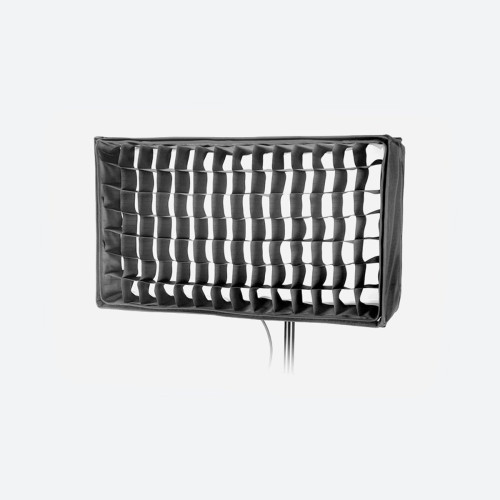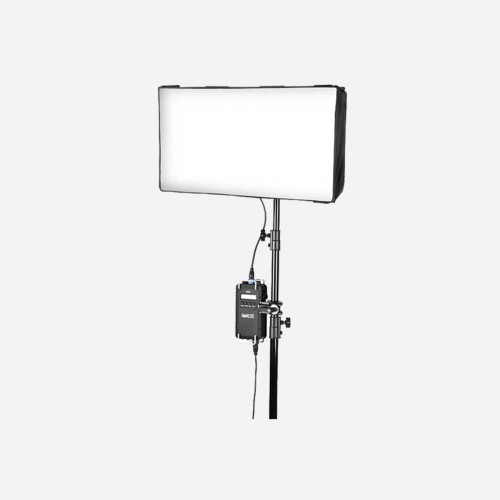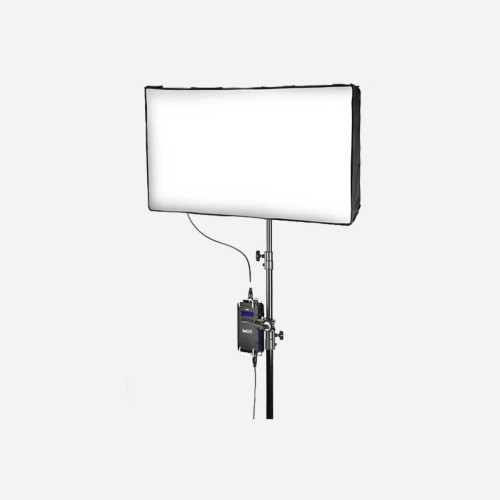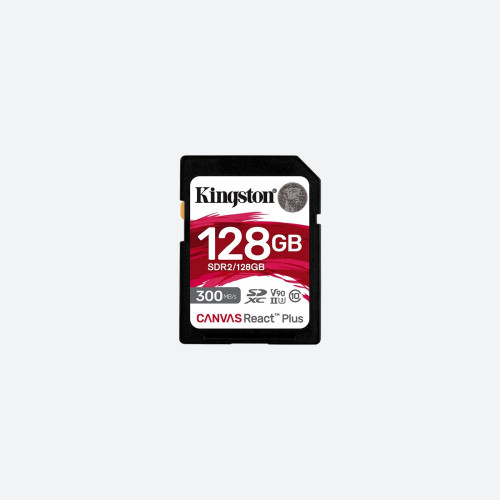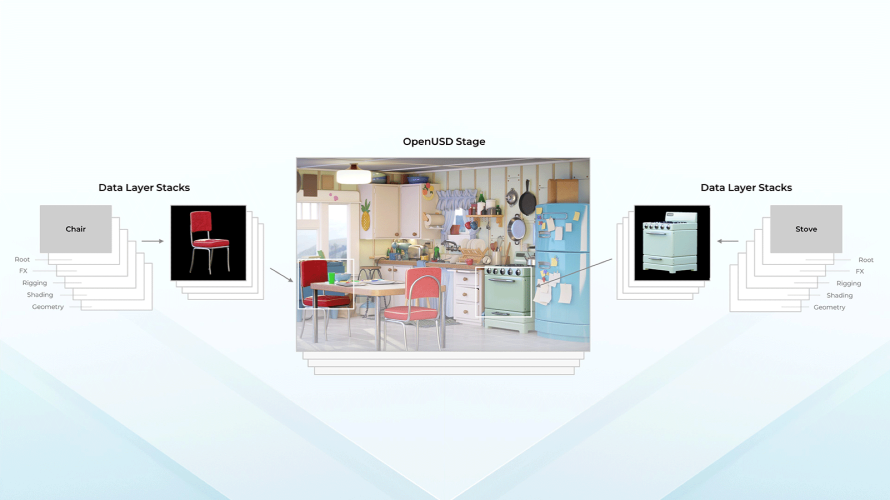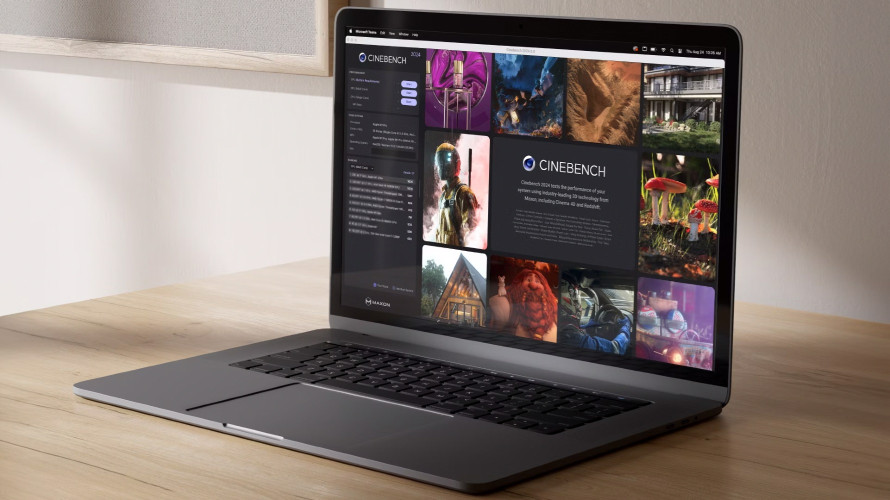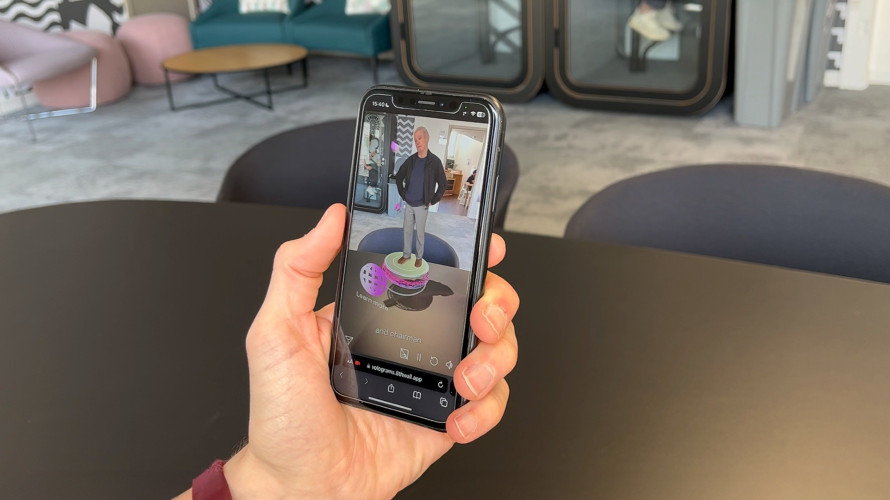Unconvincing conversion?

Author: Bob Pank#
Published 1st March 2012
There have appeared in the last year or two an amazing array of 2D to 3D conversion boxes and software processors. Also nearly every major manufacturer of high end 3D sets has its own proprietary built-in processor allowing the user to view any ordinary TV broadcast or DVD instantly as a 3D rendition.
The production of genuine 3D is expensive compared with 2D not only because 3D demands dual cameras, special rigs and duplicated recording and editing channels. There is also the cost of hiring skilled people to support the production process. Being able to convert any 2D programme or show to 3D at the touch of a button has an obvious economic attraction.
The big problem is that 2D to 3D conversion can never be perfect, no matter how much image processing technology you throw at the task. Nor can it have the aesthetics of a well crafted and honed genuine 3D production. The way the processing works is by analysing the 2D images, usually over several too many frames, using object tracking and motion estimation as well as other clues like depth of focus and luminance. The converters then try and work out which image targets should be assigned to the background and which to the foreground planes. Horizontal shifts are then applied to each of the targets to produce to 'other-eyed' view with disparities. With two views of the same 2D source, we thus have (sort-of) 3D. Various tricks have to be done to the image to fill in the holes once the target objects have been horizontally shifted. Much of this type of processing is similar to the way MPEG is decoded and so is not that hard to do.
However expensively generated, 2D to 3D conversion can never be 100% convincing for all programme content. When it goes wrong, it can be either comical (like the inside-out nose) or, even worse, give the viewer’s eyes a hard time or induce a head-ache.
For reasons of this kind, the BSkyB guidelines for 3D content providers generally proscribe 2D conversions as being unacceptable. Only a limited number of converted clips are allowed into a genuine 3D programme. No doubt this is because the high quality 3D standards BSkyB maintains in most of its current 3D content could be visibly compromised by any automatically converted material.
In the post-product quality-control process, the Cel-scope3D stereoscopic analyser allows most 2D to 3D converted material to be easily identified using the depth spectrogram display. This is because it does not usually have the same ‘organic’ signature of the real thing.
Robin Palmer is Managing Director of Cel-Soft and is currently involved with software solutions for 3D & TV quality control and measurement technology.



